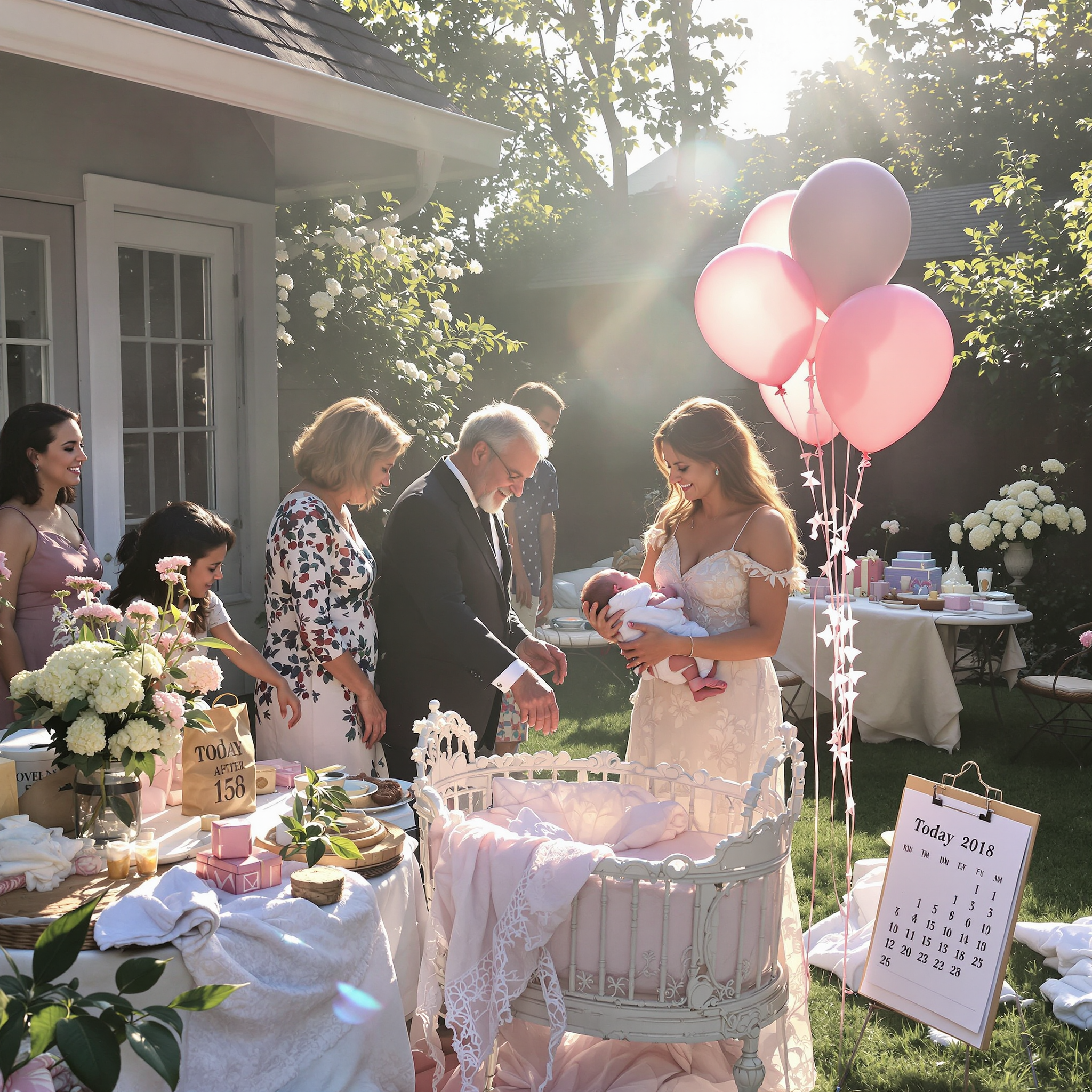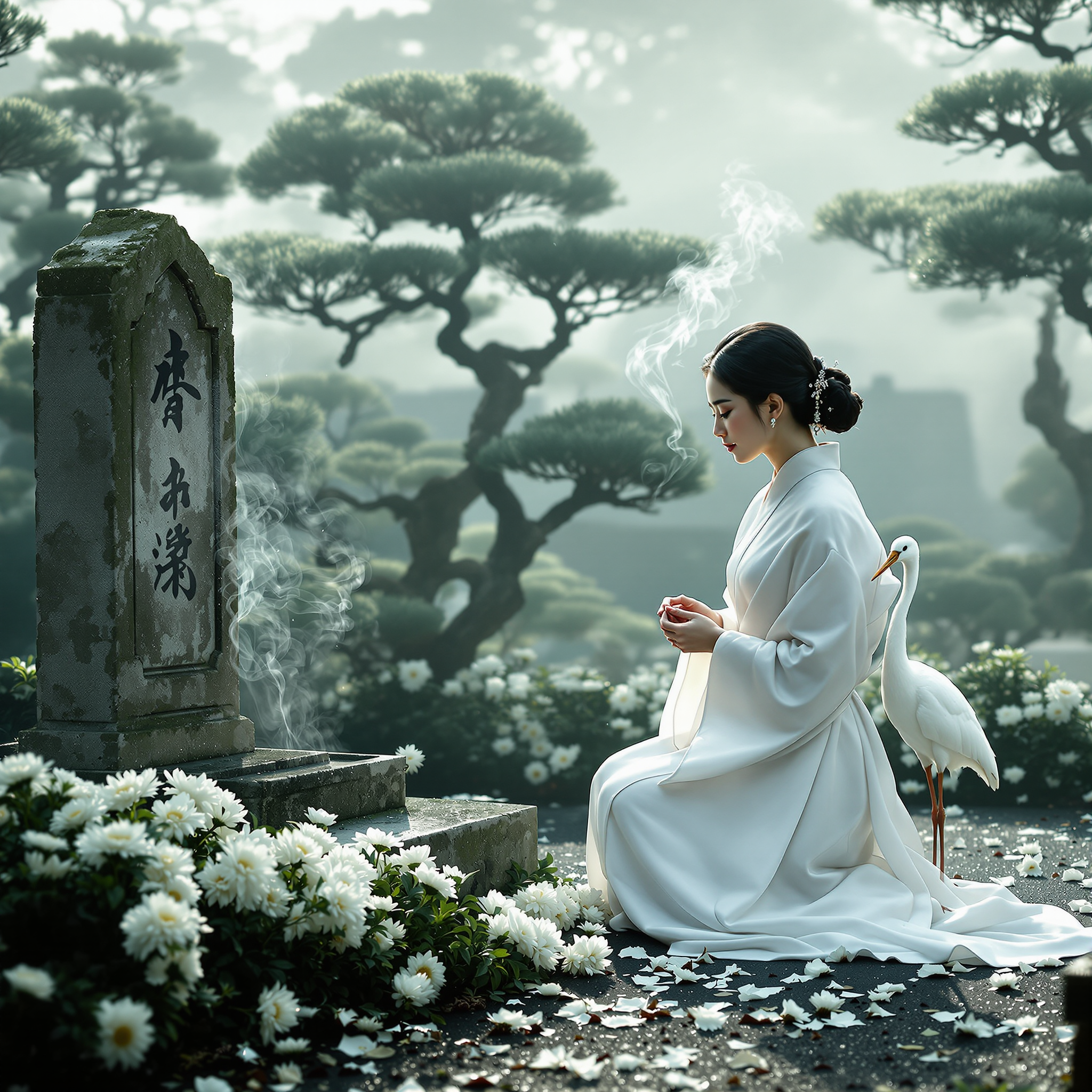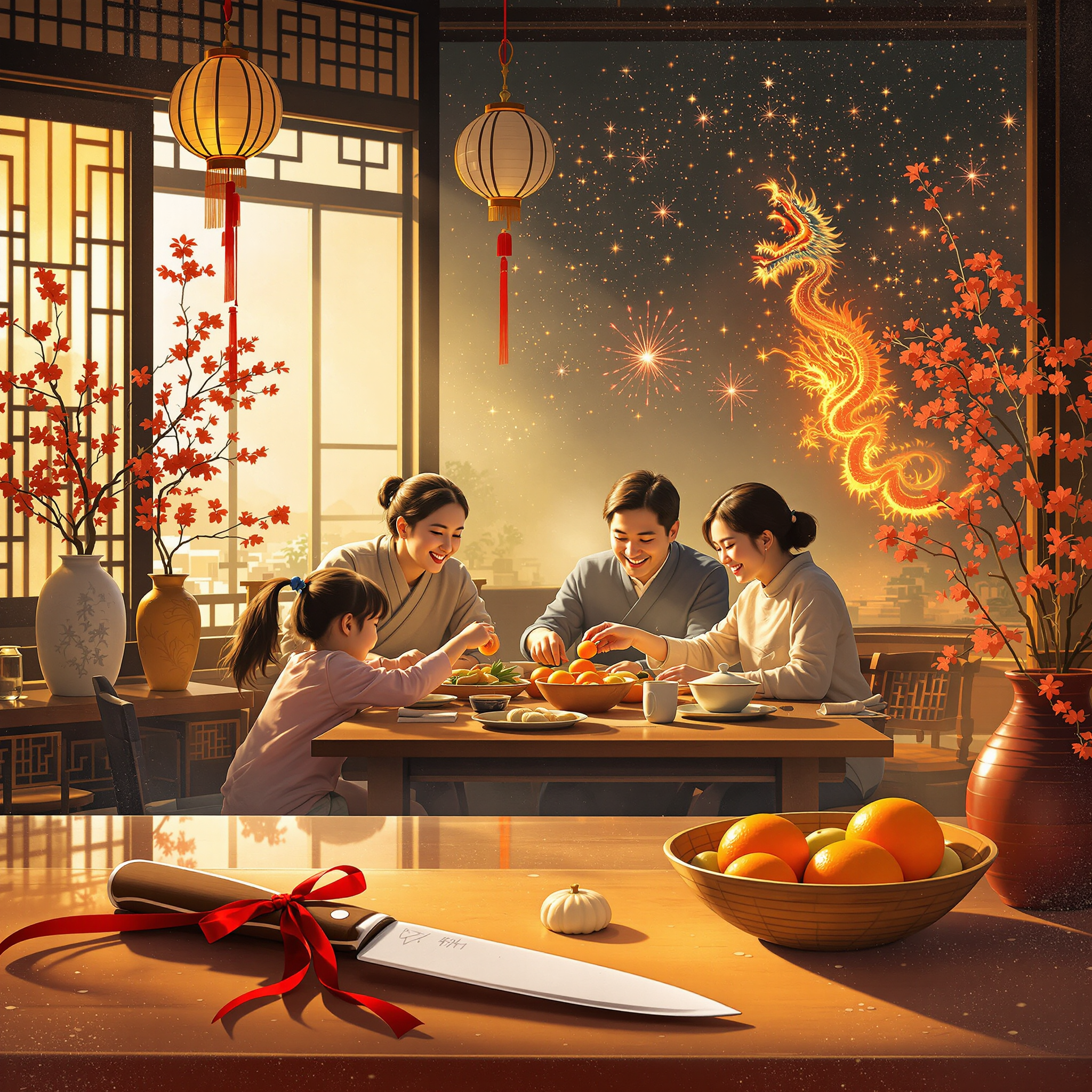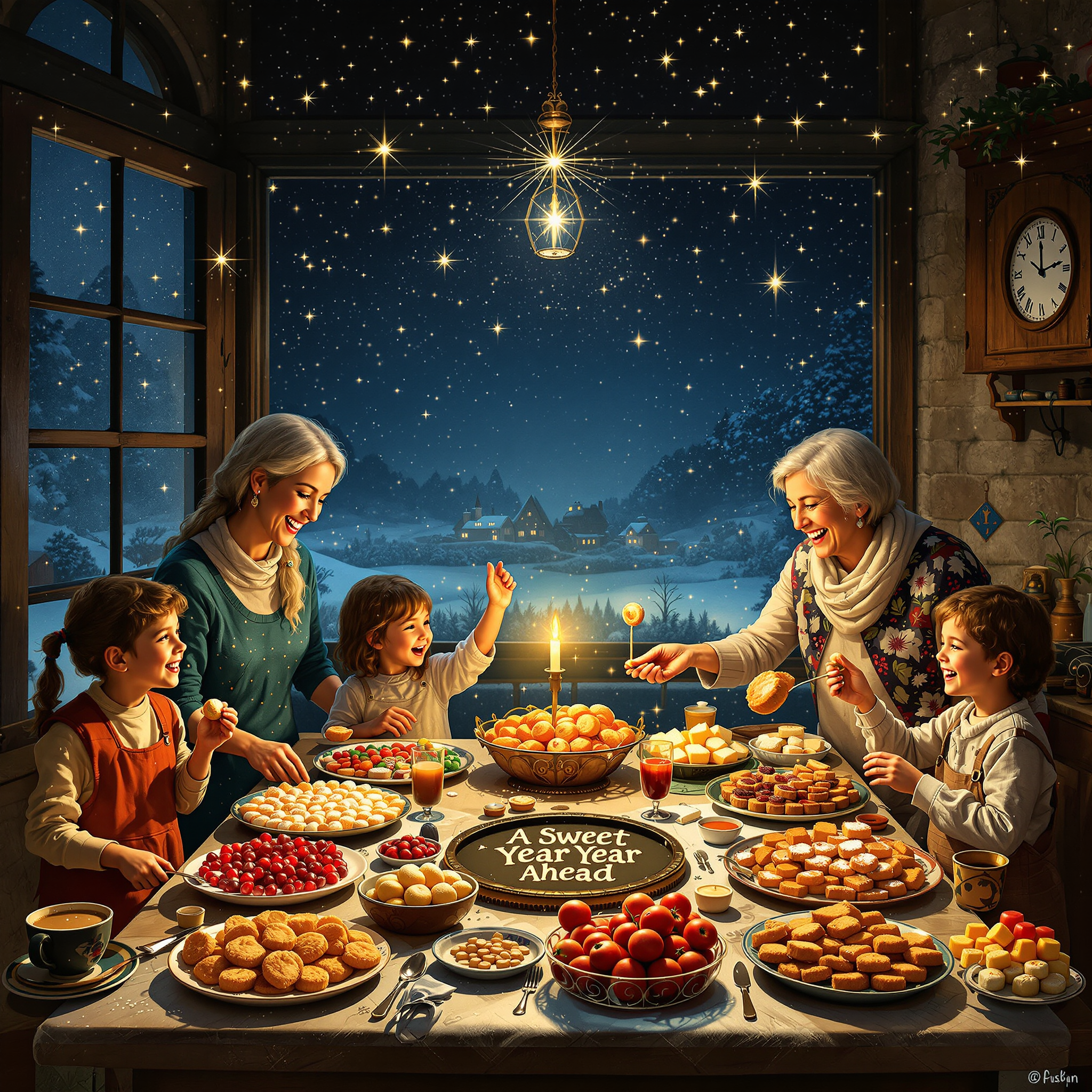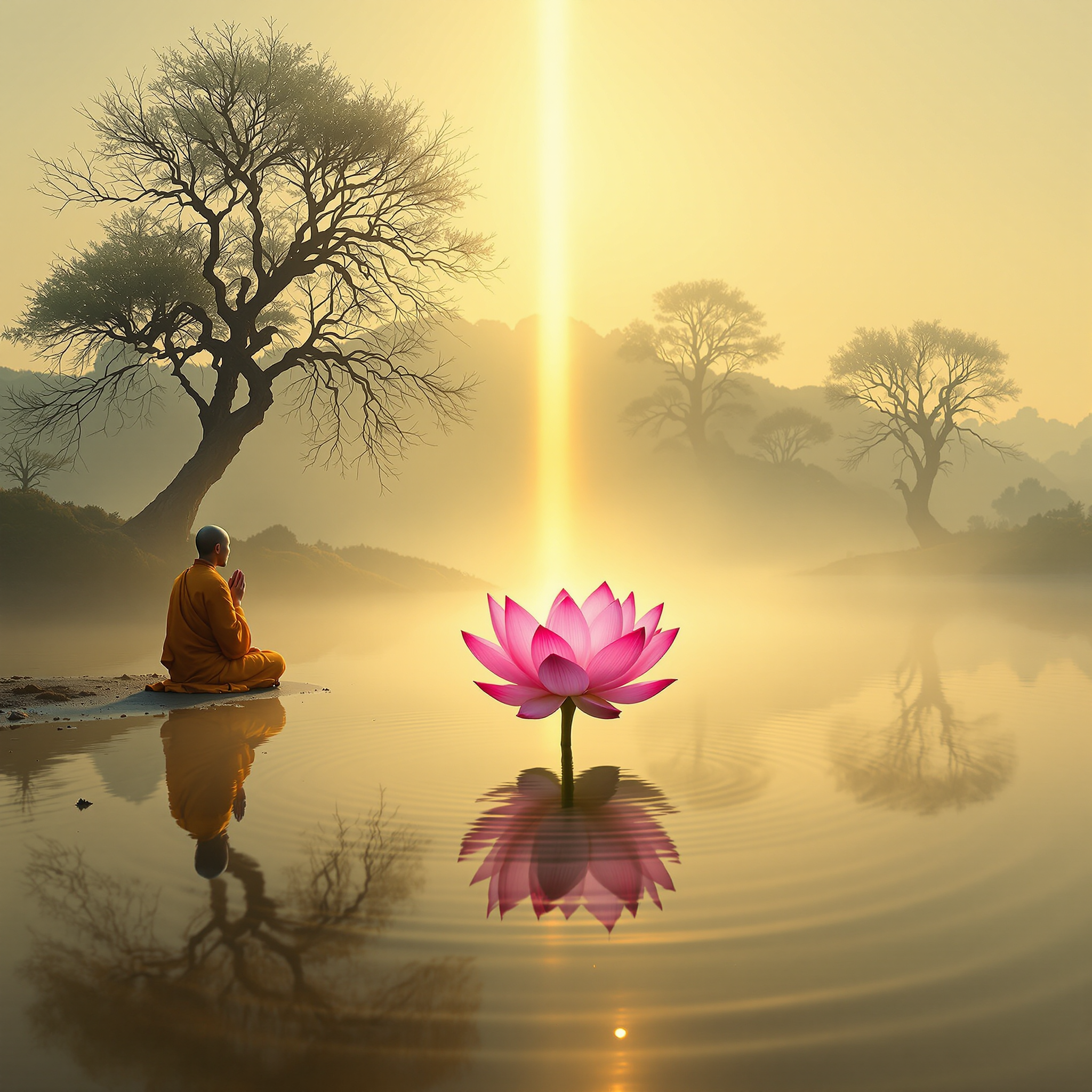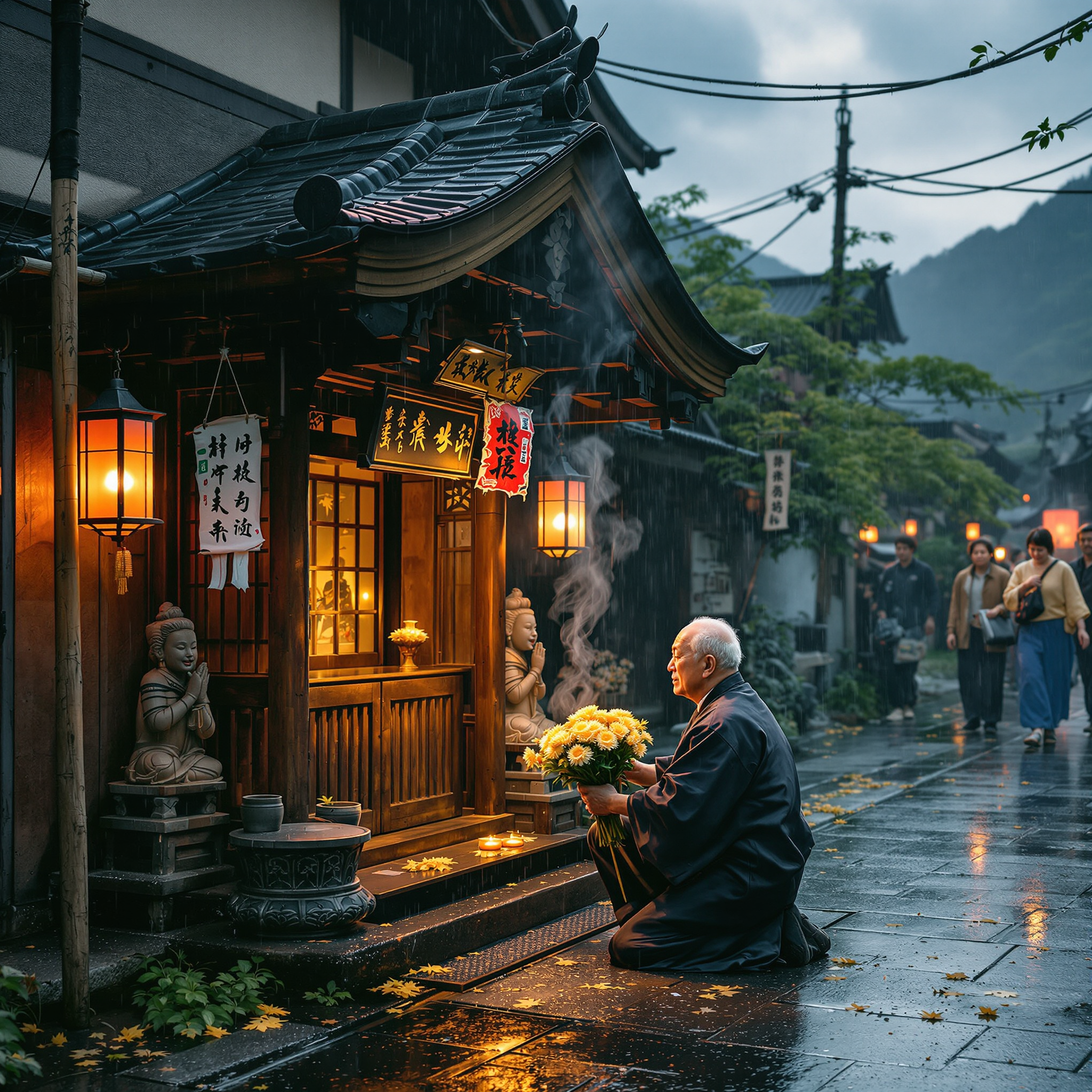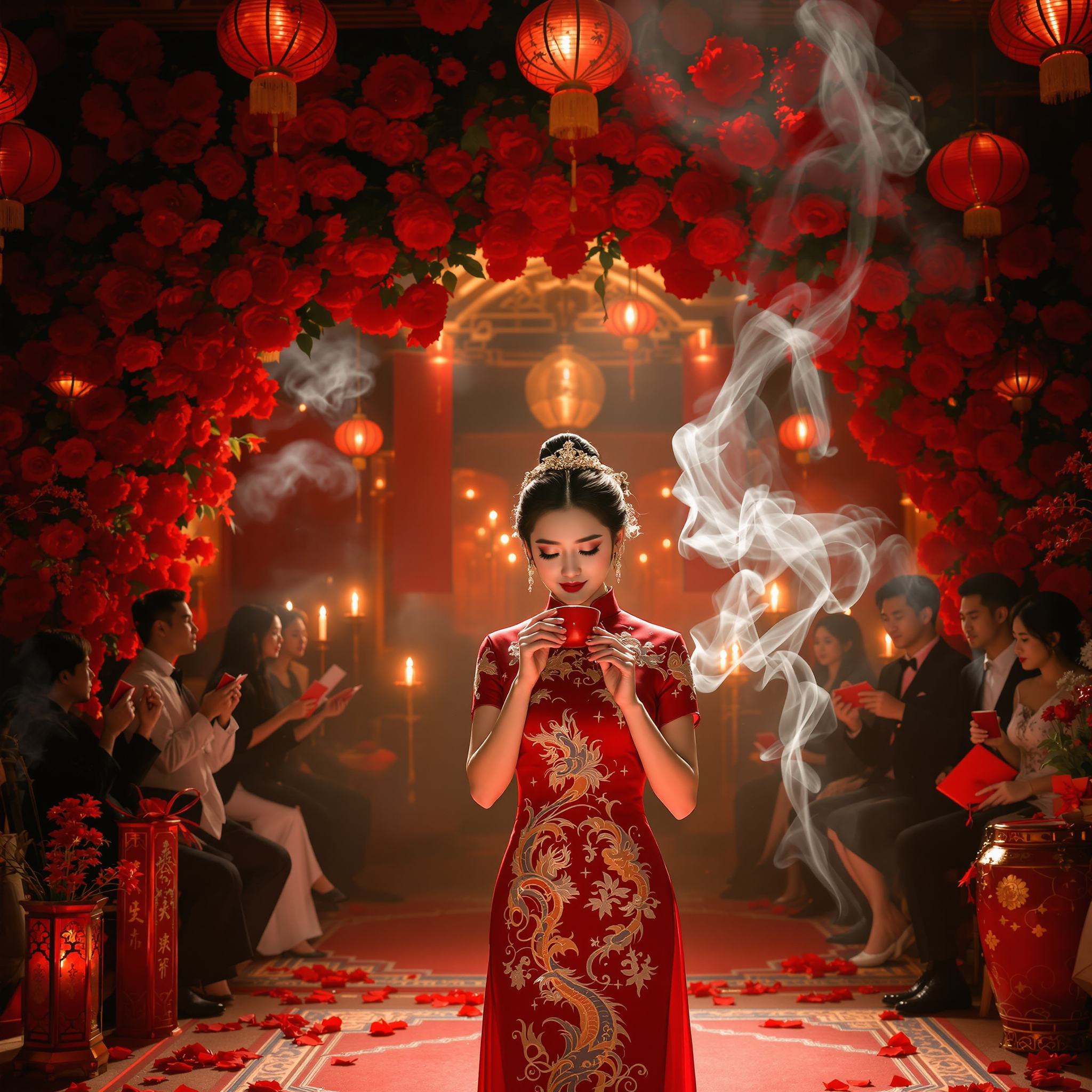According to this superstition, celebrating a baby shower prior to a child’s birth tempts fate and increases the risk of complications. As a result, some families, particularly in conservative or traditional communities, choose to delay all celebratory gatherings until after the baby is safely born. The belief is grounded in a desire to avoid ‘jinxing’ the pregnancy by showing premature excitement or assuming a successful outcome. Once the child is born healthy, a celebration is considered safe and brings positive energy and prosperity to the newborn and mother. This practice sometimes involves waiting several days or even weeks post-birth before inviting extended family and friends for festivities.
Cultural Rituals
In many traditional Asian cultures, white is the chosen color for funerals and periods of mourning. For example, Hindu mourners wear plain white clothing to symbolize purity, spiritual detachment, and the cycle of rebirth. In contrast to Western traditions where black is worn to symbolize grief and solemnity, white in Eastern cultures signifies transcendence and the soul’s release from the body. Family members preparing for the funerary rites may don unadorned white garments and remove personal ornaments as a mark of respect for the departed. The use of white often extends to flowers, shrouds, and decorations used in memorial services. This color choice reflects a belief in reincarnation and the cleansing of the soul, rather than mourning the finality of death.
The practice of avoiding sharp or pointed objects such as knives, scissors, and needles on New Year’s Day is considered a symbolic preventive action. Believers think that cutting or piercing objects may ‘cut off’ the flow of good luck and success for the entire year.
Often, families may pre-prepare meals in advance so that no knife use is necessary on the first day of the year. Some may even avoid using sharp tools or engaging in any repair work involving blades. The superstition is typically followed from midnight until the end of New Year’s Day. In addition to knives, people may refrain from breaking, tearing, or otherwise ‘splitting’ objects to maintain symbolic unity and continuity for the future.
In countries like China and Japan, it is traditional to eat long noodles during New Year’s celebrations. These noodles, often referred to as ‘longevity noodles’ (chángshòu miàn in Mandarin), are typically made from wheat flour and can be served in broth or stir-fried. The key symbolic aspect is the noodle’s length, representing a long and prosperous life. It is considered very important not to cut or break the noodle while cooking or eating, as this could symbolically ‘cut short’ one’s fortune or life. This practice is typically performed as part of a festive family meal that includes a variety of symbolic dishes meant to attract wealth, happiness, and health for the coming year. The meal usually takes place on New Year’s Eve or New Year’s Day, coinciding with the Lunar New Year.
This superstition involves consuming sweet foods—such as candy, cakes, pastries, or fruit-based desserts—on New Year’s Day to promote a year filled with sweetness, joy, and good fortune. The ritual may be casual or part of a larger celebratory meal shared with family and friends. Common examples include eating traditional holiday sweets like baklava in the Middle East, honey-drenched pastries in Eastern Europe, or sweet rice cakes in East Asia. The symbolism lies in the association of sweetness with pleasant experiences and the hope that these positive sensations will carry through the year.
The lotus flower, often featured in religious ceremonies, artwork, and household decor, is believed to bestow spiritual merit and good fortune. In Hindu and Buddhist traditions, the lotus is associated with deities like Lakshmi and Buddha, seen sitting or standing atop it. Offering a lotus at temples, placing it on altars, or using its image in jewelry and clothing promotes purity of spirit, longevity, and success. The flower’s ability to bloom from muddy waters is interpreted as a metaphor for the soul’s journey through suffering into enlightenment. Lotus motifs are often used in home Feng Shui to attract harmony and prosperity. Even lotus seeds are consumed or preserved, signifying fertility and regeneration.
Chrysanthemums are highly regarded in various cultures, particularly in East Asian traditions, where they are seen as symbols of longevity, purity, and respect. These flowers are commonly placed on altars as offerings to ancestors or deities, believed to invite blessings and preserve familial harmony. In Japan and China, they are also gifted to the elderly during festivals or birthdays, serving as a living tribute to long life and health. Typically, white or golden varieties are used in spiritual contexts due to their association with clarity and the divine. The flower is handled with care and presented with both hands, showing reverence. Certain religions or regions may use chrysanthemums during specific seasonal observances, such as the Japanese ‘Chōyō no Sekku’ (Festival of Chrysanthemums) on September 9.
Red is a central color in Chinese weddings and symbolizes good fortune, happiness, and prosperity. Traditional Chinese brides typically wear a red dress (qipao or cheongsam) to attract joy and chase away evil spirits. Decorations such as red lanterns, ‘double happiness’ characters, and red tablecloths are prominently displayed. Invitations and monetary gifts are presented in red envelopes (hongbao), which are believed to enhance wealth and fertility. These practices are steeped in symbolism—red is considered the color of fire, vitality, and positive energy in Chinese cosmology. Families believe that covering key ceremonial items in red helps ensure a successful and harmonious marriage. This custom is part of an overall wedding tradition centered on securing blessings and safeguarding the couple’s future, rooted in Confucian values and folk beliefs.
In many cultures, especially in East and Southeast Asia, it is believed that telling ghost stories—especially at night or in graveyards—can attract malevolent spirits. It is thought that invoking the memory or imagery of the dead through stories may disturb their rest or summon them unintentionally. During sensitive times of the year, such as the Ghost Festival in China or Obon in Japan, recounting tales about spirits is avoided out of respect and fear. In some communities, ghost stories are only told in controlled, ritualistic settings to minimize harm. Key beliefs include:
– Never tell a ghost story in the dark, especially at midnight.
– Avoid ghost storytelling during important festivals for the dead.
– Wash after telling ghost stories to cleanse spiritual residue.
Practitioners believe this helps avoid spiritual disturbances and misfortune.
This superstition emphasizes not just the act of giving a gift, but the method of wrapping it as a way to invoke positivity and blessings. Brightly colored wrapping paper—particularly red, gold, or other vibrant hues—is seen to symbolize joy, prosperity, and celebration. Red and gold ribbons are specifically favored as these colors have strong cultural associations with success, wealth, and protection in many Asian traditions, especially in Chinese culture. Typically, gifts are wrapped with care before being offered, ensuring the ribbons are not tangled and that the overall presentation conveys festivity and respect. The belief is that a beautifully and correctly presented gift enhances the goodwill exchanged and may impact the receiver’s fortune in symbolic or metaphysical ways.
No Supersitions Found
Load More
Loading...
